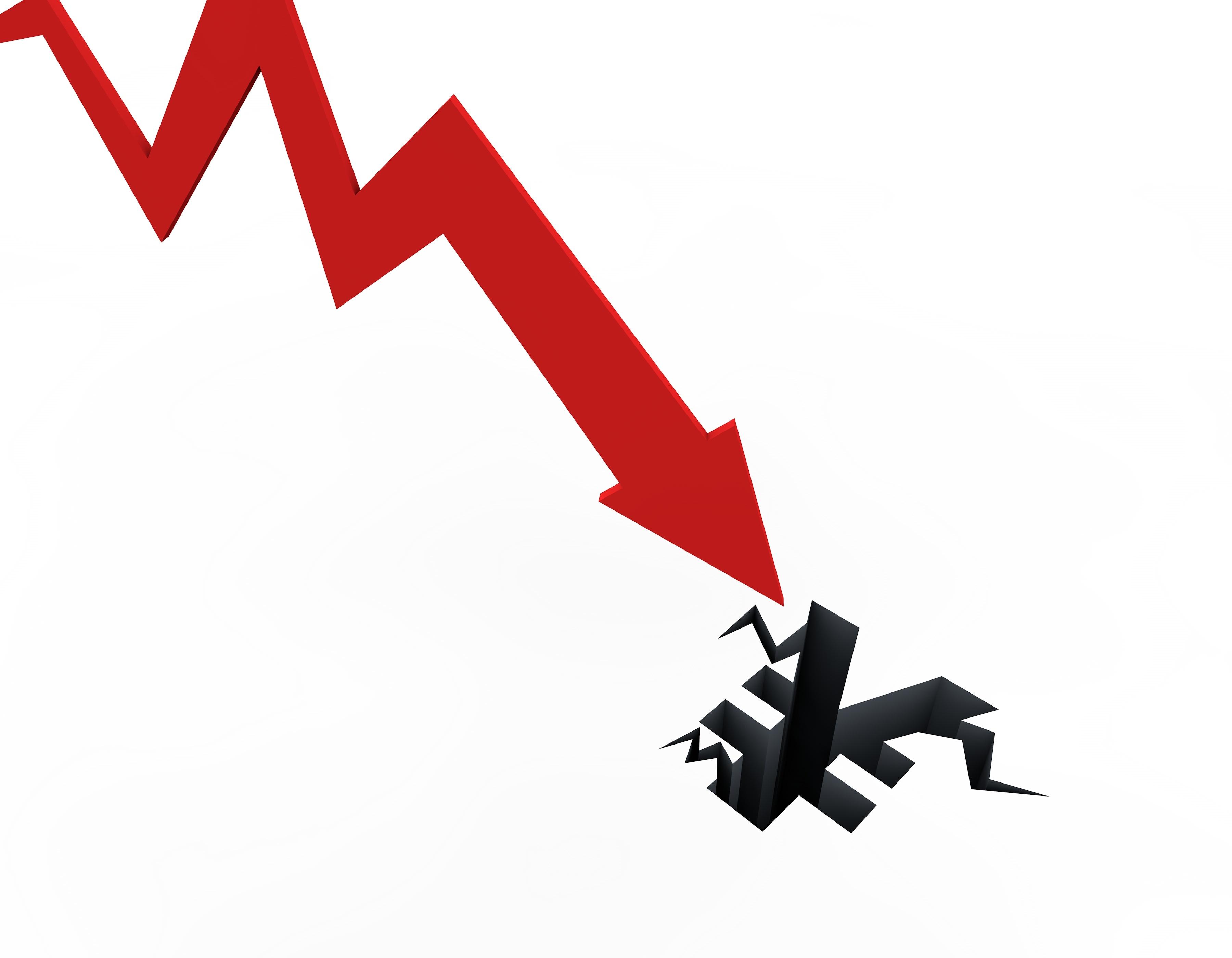JPMorgan and BofA: Don’t Buy the Market Dip Just Yet
JPMorgan Chase suggests waiting until September before returning to stocks. The markets will likely make new all-time highs in the first half of 2020.
Aug. 20 2019, Published 8:45 a.m. ET

The stock markets have been very volatile lately. The markets have reacted to every US-China headline. After falling last week, the markets rebounded. Investors want to know if the markets have bottomed out. Should they buy the dip? We’ll see what JPMorgan Chase (JPM) and other market experts have to say. First, let’s recap what’s happening in the markets.
Yield curve inversion and rising recession fears
The stock markets have pulled back significantly after recession fears reared their ugly head last week. For the first time since 2007, the ten-year Treasury yield fell below the two-year Treasury yield on August 14, which sparked concerns about an upcoming recession. The inversion of this part of the yield curve might signal a recession. Read Yield Curve Inverts: Stock Markets on Borrowed Time? to learn more.
Pullback in stock markets
As a result, there was a sharp pullback in the markets. The Dow Jones Industrial Average Index (DIA) saw its worst fall this year on August 14. DIA fell by 800 points or 3%. The week ending August 16 was the third consecutive week of negative gains for the S&P 500 (SPY). The index fell about 1% during the week. SPY had a cumulative loss of 4.5% during the last three weeks.
Stock markets rebound from last week’s losses
The rebound came after the sell-off. On Monday, SPY rose 1.2%, while the Nasdaq Composite (QQQ) rose 1.5%. The news about positive progression in the China-US trade talks helped the markets rebound as Treasury yields increased. Notably, the US agreed to extend the deadline for Huawei by another 90 days. The markets were relieved. Semiconductor stocks had an up day. The VanEck Vectors Semiconductor ETF (SMH) rose 1.7%. NVIDIA (NVDA) and Micron (MU) rose 7.0% and 3.4%, respectively.
Is the bottom already in for stock markets?
After the rebound, investors wondered if the bottom is already in. Is it time to buy stocks? JPMorgan Chase had some advice for investors. As reported by CNBC, a note from JPMorgan Chase strategists, led by Mislav Matejka, said, “At the overall market level, we continue with our tactical cautious stance, advocating a market pullback during August.” He added that “we do not believe that the current pullback will extend for longer than the May one did, and still expect to step in early September, as originally envisaged.”
JPMorgan says to wait until September to return to stocks
JPMorgan Chase suggests waiting until September before returning to stocks. The bank thinks that central bank easing, better seasonal data, and postponed tariffs could help the markets in September. Matejka also thinks that even after the yield curve inversion, the stocks can hit new highs. JPMorgan Chase still expects the markets to make new all-time highs in the first half of next year.
Bank of America says it isn’t a bottom yet
Bank of America Merrill Lynch also suggests that we haven’t found the bottom yet. Stephen Suttmeier said that the S&P 500 needs to fall another 5%. Also, the panic needs to get more extreme before the markets hit a bottom. As reported by CNBC, Suttmeier said, “The correction is going to continue.”
Jim Cramer, CNBC’s Mad Money host, thinks that investors should tread cautiously. He said that investors should be careful not to buy or sell stocks based on the brief yield curve inversion. He’s skeptical about buying stocks on the rebound. Cramer said, “Everything seems like a trap now.”
Recession calls get stronger
The calls of a recession on Wall Street are growing stronger. Goldman Sachs (GS) doesn’t expect a trade deal before the 2020 election. Citigroup (C) cut its earnings forecast for the S&P 500 due to ongoing trade tensions and potential currency devaluation. Jeffrey Gundlach thinks that there’s a 75% chance of a recession happening before the 2020 election. Morgan Stanley (MS) expects a recession if the US-China trade war gets worse.
Tread with caution
Stock markets react to the US-China headlines. The temporary reprieve for new tariffs on Chinese products will likely remain until December. Therefore, the markets might fall as trade tensions rise. The Fed might also underwhelm the markets with its rate cuts. Until we have a clear outlook for market drivers, investors should use caution. Investors should only buy and sell stocks based on their fundamentals rather than day-to-day price changes.
Investors might want to consider safe-haven assets including gold. Due to rising recession fears, sinking bond yields, and rising uncertainty, the SPDR Gold Shares (GLD) has gained 16.4% year-to-date. GLD has outperformed the Dow’s gains of 12.1% during the same period. In Why Jeffrey Gundlach Sees Huge Upside in Gold, we discussed that Gundlach expects gold to rise to $1,600–$1,700 per ounce due to rising negative-yielding debt.
